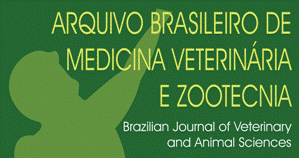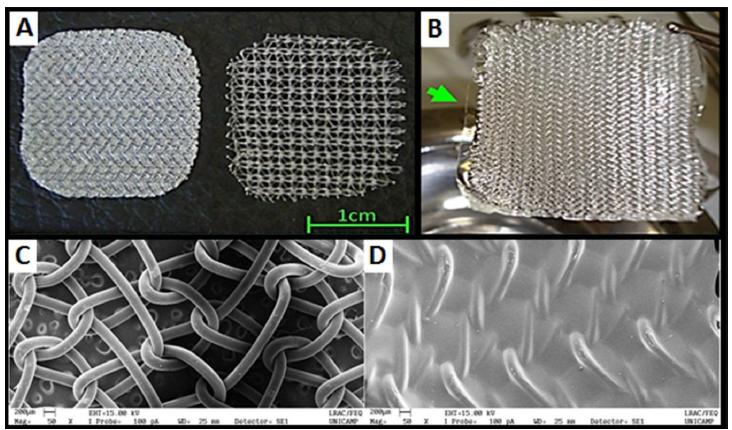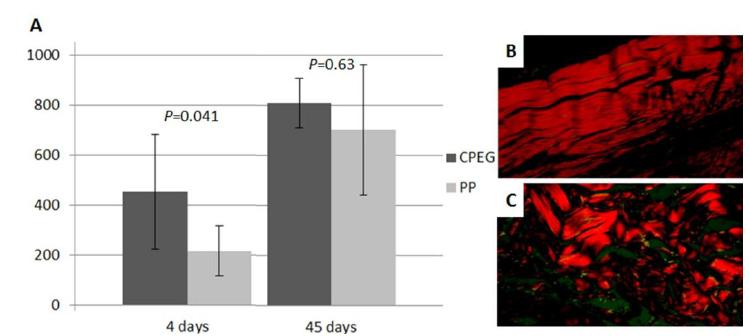ABSTRACT
The aim of this study was to characterize the tissue reactions triggered by the polypropylene mesh coated with chitosan and polyethylene glycol film, and if it’s able to prevent the formation of peritoneal adhesions. Defects in the abdominal wall of rats were induced and polypropylene meshes coated with chitosan/polyethylene glycol (CPEG group, n= 12) and uncoated (PP control group, n= 12) were implanted. On the fourth and forty-fifth postoperative day the formation of adhesion and the tissue reaction to the biomaterial was evaluated through histological and histochemical analysis. The area (P= 0.01) and severity (P= 0.002) of the adhesion was significatively less in the CPEG group. On the fourth day the foreign body reaction was less intense in CPEG group (P= 0.018) and the production of collagen fibers was more intense in this group (P= 0.041). The tissue reactions caused by the biomaterials were similar on the 45th day, with the exception of the high organization of collagen fibers in the CPEG group. The CPEG meshes did not fully prevent the formation of adhesions, but minimized the severity of the process. The foreign body reaction promoted by polypropylene meshes coated with CPEG is less intense than that triggered by uncoated polypropylene meshes.
Keywords:
foreign-body reaction; hernia; peritoneal adhesions; prosthesis; surgical mesh



